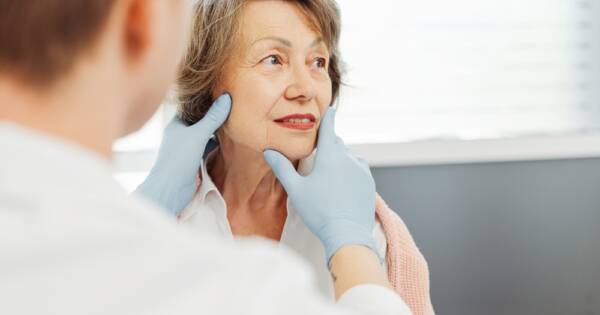Chronic Obstructive Pulmonary Disease (COPD) affects millions of people worldwide. It causes difficulty in breathing due to the damage to the lungs and airways. Let’s explore the different treatment approaches available, helping you find the best one for better breathing. Additionally, there are several no-fee and low-cost options for COPD treatment, including support programs, lifestyle changes, and pulmonary rehabilitation.
Understanding COPD and Its Symptoms
COPD is a progressive disease, meaning it worsens over time. It includes conditions like chronic bronchitis and emphysema. These diseases cause inflammation and narrowing of the airways, which makes it harder to breathe.
Common symptoms include coughing, wheezing, shortness of breath, and chest tightness. These symptoms can make everyday activities challenging, but with proper treatment, it’s possible to manage them and lead an active life.
Medication Options for COPD
One of the primary ways to treat COPD is through medication. Medications help open airways, reduce inflammation, and prevent flare-ups. The following are some common types of medication prescribed for COPD:
Bronchodilators
These medications relax the muscles around the airways, making it easier to breathe. They come in short-acting or long-acting forms and are typically used with inhalers. Short-acting bronchodilators, like albuterol, provide quick relief during flare-ups, while long-acting options, like salmeterol, help maintain open airways over time.
Inhaled Steroids
These medications reduce inflammation in the airways, helping to prevent flare-ups. They are often used in combination with bronchodilators to maximize effectiveness. Regular use can help reduce the frequency of COPD exacerbations and improve lung function over time.
Phosphodiesterase-4 Inhibitors
These medications, like roflumilast, help reduce inflammation and relax the airways. They are used for severe COPD to prevent flare-ups. In addition to reducing inflammation, they also help to decrease the number of COPD-related hospital admissions.
Medications are an essential part of managing COPD, but they work best when combined with other treatments. As stated by the American Lung Association, speaking with a healthcare provider is crucial to determine the best medication regimen for individual needs.
Pulmonary Rehabilitation: A Holistic Approach
Pulmonary rehabilitation is a program that helps people with COPD improve their lung function and overall well-being. This type of treatment focuses on both physical exercise and education. Programs often include breathing exercises, strength training, and nutritional counseling. The goal is to make it easier to do daily activities and improve quality of life.
Pulmonary rehabilitation has proven to be effective for people with COPD, especially when combined with other treatments. The American Lung Association emphasizes that pulmonary rehab can increase endurance, reduce shortness of breath, and decrease hospital admissions.
Advanced Treatment Options: When Medications Aren’t Enough
In cases of severe COPD, medications and rehabilitation may not be sufficient to control symptoms. If your condition progresses to a more advanced stage, treatment options might include:
Oxygen Therapy
If blood oxygen levels drop too low, oxygen therapy may be recommended. This treatment helps ensure that your body receives the oxygen it needs to function. You may need to use oxygen at home or during physical activities.
Surgical Interventions
In rare cases, surgery may be necessary. For some people, a lung transplant may be an option if their COPD is severely advanced. Another option is lung volume reduction surgery, which removes damaged portions of the lungs to allow the remaining healthy parts to expand.
Trelegy for COPD
One of the more recent treatments for COPD is Trelegy, a once-daily inhaled medication that combines three drugs to treat COPD: a long-acting beta agonist (LABA), a long-acting muscarinic antagonist (LAMA), and a steroid. It’s effective for controlling symptoms and reducing flare-ups, improving breathing and overall lung function.
Lifestyle Changes: Supportive Measures for COPD
Along with medications and other treatments, lifestyle changes play an essential role in managing COPD. Quitting smoking is the most effective way to slow the disease’s progression, as smoking is the leading cause of COPD. Even if you’ve already been diagnosed, stopping smoking can reduce further damage to your lungs.
Staying active is also crucial; regular physical activity, such as walking, swimming, or gentle yoga, helps improve lung function and overall health. Although exercise may seem challenging with COPD, these activities can build strength and stamina.
Additionally, maintaining a healthy diet is important for managing the condition. Nutritional counseling, often included in pulmonary rehabilitation programs, focuses on eating foods that support lung health.
Managing COPD for Better Breathing
COPD is a challenging condition, but with the right treatment and lifestyle changes, it is possible to manage symptoms and breathe easier. Medications, pulmonary rehabilitation, and advanced treatments like Trelegy are all effective tools for improving lung function.
It’s essential to work closely with healthcare providers to find the best approach for your needs. By taking steps to manage your COPD, you can improve your quality of life and keep moving forward.





